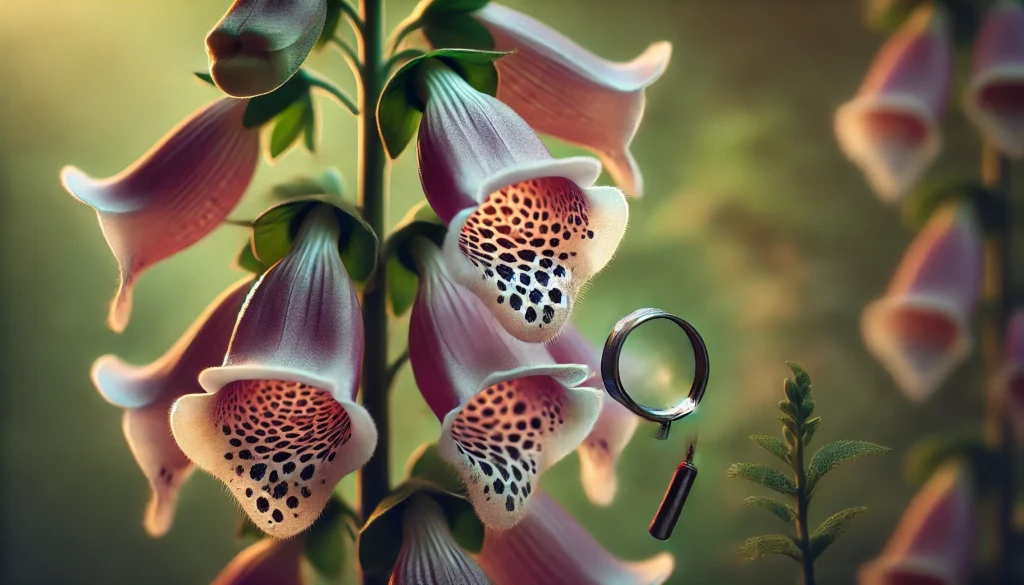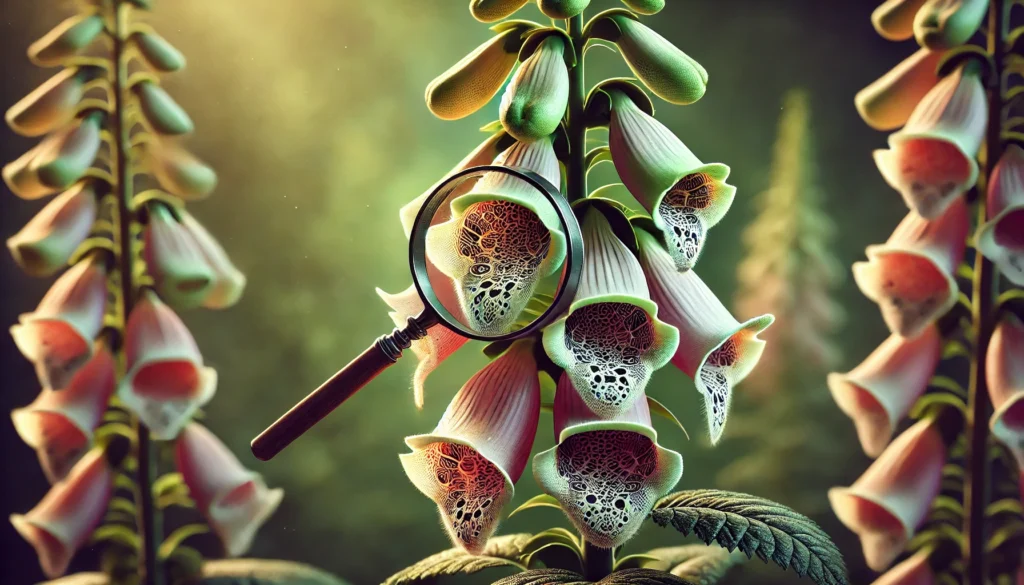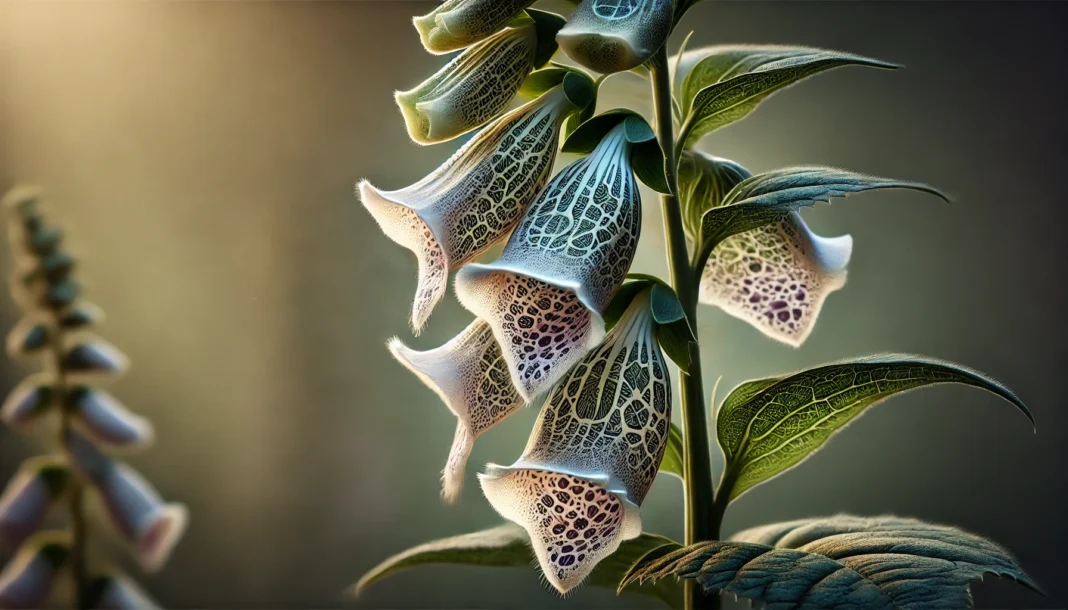Gumshoe Foxglove—it sounds mysterious, right? It’s the kind of name that feels straight out of an old detective novel or the herbalist’s cabinet. But what exactly is it, and why are so many people talking about it?
In essence, gumshoe foxglove is both a plant and a fascinating concept. Known scientifically as Digitalis purpurea, foxglove is a flower with bell-shaped blooms that’s been used for centuries. But the “gumshoe” part gives it an extra edge. Whether you’re a gardener, a detective novel fan, or someone curious about nature, gumshoe foxglove can mean a lot to different people. Let’s dig into what makes this flower unique.
Why Are People Drawn to Gumshoe Foxglove?
Gumshoe foxglove grabs attention because of its beauty and its mysterious, medicinal history. This plant isn’t just pretty to look at; it’s also steeped in folklore and even medicinal uses. Foxglove’s role in herbal medicine is one reason it stands out. It’s known for heart-related properties, though it’s toxic if not used correctly.
Think of gumshoe foxglove as that intriguing guest at a party—beautiful, mysterious, and with a dark side if handled carelessly. People are often drawn to it for garden aesthetics, but there’s always a layer of caution attached to it.
Gardening Tips for Gumshoe Foxglove Lovers
So you want to grow gumshoe foxglove? It’s a great choice for gardens, especially if you love a splash of color.
- Sunlight Needs: Foxglove thrives in partial sun. It can handle some shade, making it flexible for many garden types.
- Soil Requirements: This plant loves moist, well-draining soil. Give it rich soil, and it’ll reward you with lush blooms.
- Watering: Keep it moist but avoid waterlogging. Too much water can lead to root rot.
- Spacing: Foxglove can grow tall and spread wide, so leave enough room between plants.
A few care tips, and you’re on your way to a garden full of vibrant foxgloves.

The Medicinal Mystique of Gumshoe Foxglove
Foxglove has been tied to heart medicine for years, especially digitalis, a compound derived from the plant. This compound can strengthen heart contractions and regulate rhythm.
However, there’s a catch—foxglove is toxic if misused. Handling the plant in herbal medicine requires extreme care. It’s not something to try without medical guidance. The nickname “gumshoe foxglove” fits, adding an air of mystery to a plant with real medicinal uses.
Is Gumshoe Foxglove Safe?
This question keeps popping up: “Is gumshoe foxglove safe to have around pets and kids?” Short answer—caution is key.
Foxglove is toxic if ingested, potentially affecting the heart and causing symptoms like nausea, vomiting, and even life-threatening issues. Keep it out of reach if you have pets or young children.
If safety is a top concern, consider fencing off your foxglove patch or choosing a different location away from curious hands and paws.
Real-Life Foxglove Encounters
Imagine you’re a gardener who decides to try gumshoe foxglove in your backyard. You plant it along your fence, and soon, you have these lovely purple blooms that catch every visitor’s eye. But you also find that neighborhood cats keep sniffing around.
To keep them safe, you might choose to relocate the plant or set up a barrier. Real-life examples like this highlight why understanding foxglove’s risks is just as important as appreciating its beauty.
FAQs About Gumshoe Foxglove
Is gumshoe foxglove the same as regular foxglove?
Yes, but the term “gumshoe” adds a bit of character. It could refer to foxglove’s storied, “detective” history in herbal medicine, where it’s played a significant role in treating heart conditions.
Can foxglove really be used for medicine?
Yes, the compound digitalis, derived from foxglove, is used in heart medications. However, it’s toxic if mishandled and should only be used under professional guidance.
Is it hard to grow foxglove?
Not particularly! Foxglove is quite low-maintenance as long as you give it the right soil and partial sunlight. Just remember to handle it with care, as even skin contact can be irritating for some people.
Why is foxglove toxic?
Foxglove contains compounds that affect the heart. In small, controlled doses, it can be medicinal. But in larger amounts, it can be harmful.

How to Handle Gumshoe Foxglove Safely
A quick list for staying safe with this intriguing plant:
- Wear Gloves: Avoid direct contact with leaves and flowers.
- Keep It Out of Reach: If you have kids or pets, plant foxglove in areas they can’t reach.
- Label It: Put a small sign in your garden. This helps guests or family members know to keep their distance.
The Appeal of Gumshoe Foxglove: A Mystery in Your Garden
Planting gumshoe foxglove adds a layer of intrigue to any garden. The name itself sparks curiosity, and the plant’s background is full of fascinating tales and medical uses. Whether you’re drawn to it for its beauty, its potential medicinal uses, or simply its mysterious aura, foxglove has a lot to offer.
Wrapping Up on Gumshoe Foxglove
Whether you’re a gardener, a nature enthusiast, or just someone who loves the thrill of a good mystery, gumshoe foxglove brings something unique to the table.
By understanding its care needs and knowing the safety measures, you can enjoy its beauty without worry.


